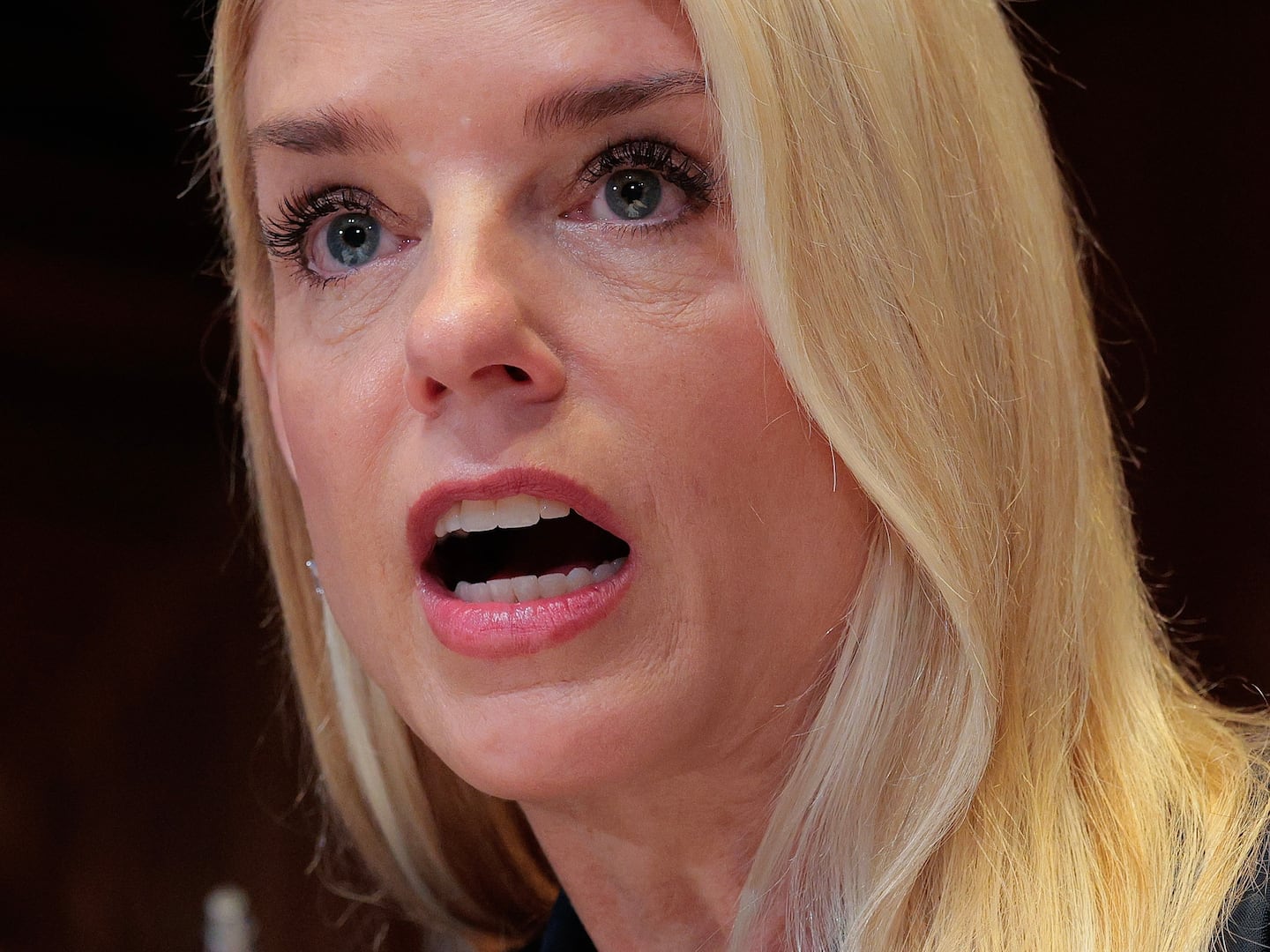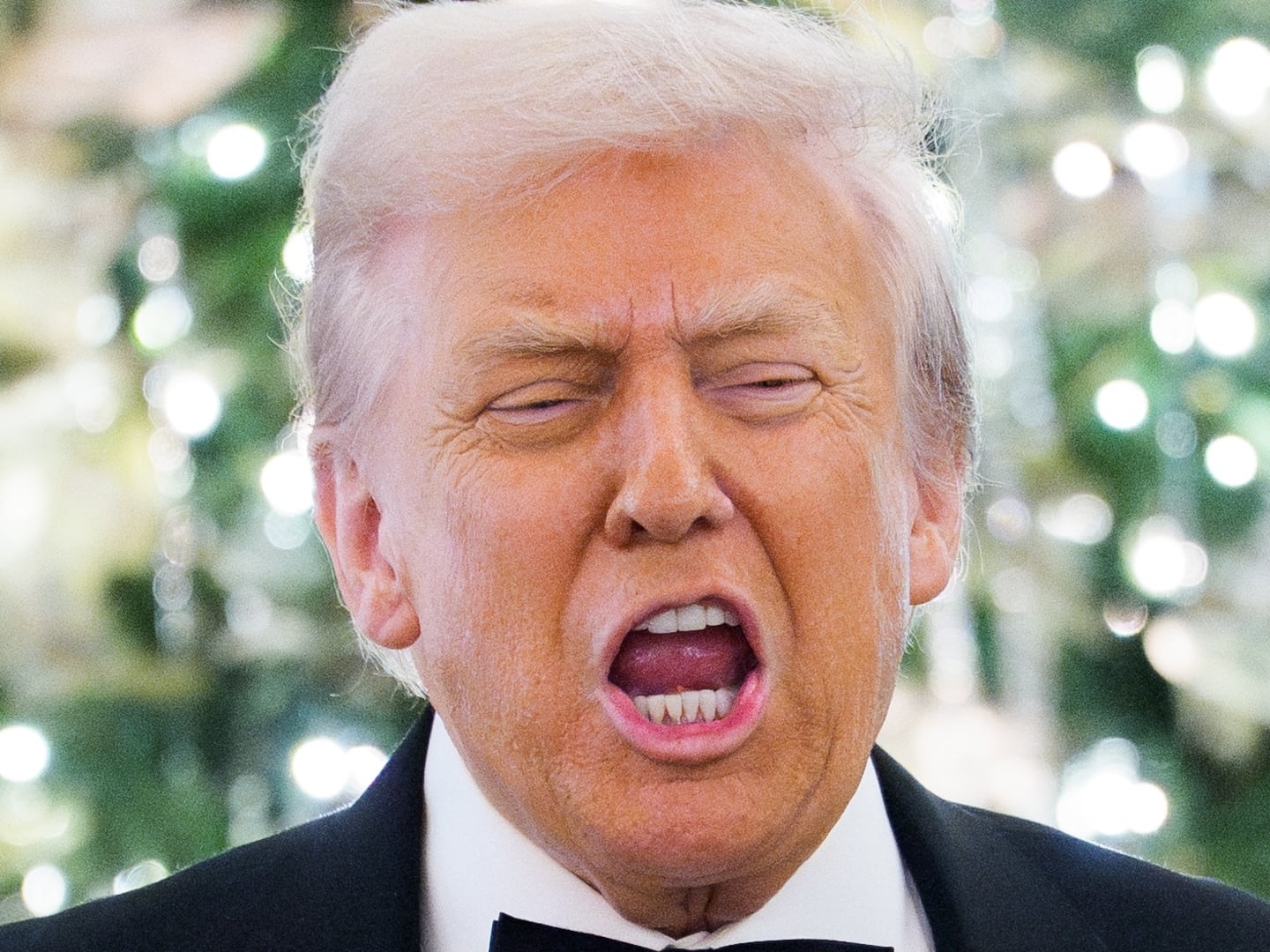HONG KONG — “The sky above the port was the color of television, tuned to a dead channel.”
That was cyberpunk godfather William Gibson’s magnificent opening line in Neuromancer. He wasn’t thinking about East Asia’s future when he strung those words together, but right now in China, they ring truer than ever. The airpocalypse is real. Years of industrial and economic development are catching up with the East Asia superpower. Heart and lung problems are becoming more common. Metal pollution causes physical abnormalities. Children are born with weak lungs, weak hearts, or birth defects. All of that is taking place under seemingly permanent gray skies (depending on where exactly in China one is standing). If the Gate of Heavenly Peace (Tiananmen) were once again packed with protesting students, foreign journalists peeking out from hotel balconies might miss the entire episode on account of the thick haze.
Chinese officials blame the state of their country’s air on inconsequential things: smoked meat, outdoor grills, fireworks.
What about coal plants? They’re operating at full capacity. The cars that cause multi-day traffic jams? They’re still on the road. Steel factories? Unstoppable.
Chai Jing is a successful investigative journalist. She was an anchor and hosted various programs on CCTV, China’s state-run broadcaster, for over a decade. But she developed a distinctive style of narration. Many of her hard-hitting reports focused on the environmental devastation that China has suffered in the past decade. Then late last month she released a documentary titled Under The Dome: Investigating China’s Haze.
The title is self-explanatory, and the film is complete with archival footage of China’s factories from the 1980s, interviews with environmental inspectors and public officials, a lot of subtle finger-wagging, and less subtle accusations. Within hours, there were over 7.5 million views on Youku, a video hosting site. Within days, viewer numbers had surpassed 100 million.
Then, a week after its release, the Chinese government banned the film. Video hosting services were ordered to take it offline.
The documentary is packed with raw data. Dizzying charts and numbers are projected onto the massive silver screen, TED-style, behind Chai Jing. Test results from research laboratories and other data are shown. It’s very technical stuff, but she breaks it down in understandable, educational bits.
She compares an Orwellian 2004 headline about “fog” being the cause of flight delays and grounded planes with what we know today. She pointed out that China burned 3.6 billion tons of coal in 2013, more than the rest of the world combined. She showed a shot of a patient on whose chest, because he was too weak to swat away flies, someone had placed flypaper; another shot showed an old man surrounded by the portraits of friends who died of lung cancer.
By describing how some begin their mornings by checking their smartphones for the air pollution index, and shaping that day’s activities around that fateful number, the film hits home. Do I need to wear a mask? Do I need to plot a route that minimizes walking in the open? Will my child stay indoors during playtime at school?
Some expats, like those working for Panasonic and Coca-Cola, receive hazard pay if they are stationed in China, on account of the unhealthy air. Local employees don’t receive that benefit.
Chai Jing said that she was inspired by her newborn daughter’s respiratory problems. Questions flooded her mind. What is China’s smog? Where does it come from? What can be done about it?
In the film, Chai Jing said “Coal brought warmth and energy, and that was significant. After 1980, Beijing had over 3,000 factories. For an agrarian nation that was eager to expand, smokestacks were a symbol of progress.” The economic explosion that China experienced moved people from run-down houses into high-rise buildings, and that change is still taking place. The downside, besides the tainted air, water, and soil, is that every city looks the same, every town is a clone.
But progress is measured in a different way nowadays. The Chinese Communist Party (CCP) loves arithmetic and statistics, and its meter stick is the nation’s GDP growth—at least, the number that it releases as its GDP growth. That number is propped up by massive industries, like steel production. As the joke in China goes, when it comes to making steel, China is number one, Hebei Province is number two, Tangshan City (in Hebei) is number three, and America is number four.
Making steel requires lots of coal, as Chai pointed out, and China’s hunger for it means that they need to burn coal of lower quality, including “coal” that still looks like logs. That creates more coal ash, which pollutes the air. Pair that with nearly nonexistent regulation and spotty standards—individuals from the petrochemical industry dictate fuel production standards, not the Ministry of Environmental Protection—and an environmental disaster is painfully birthed.
It’s not that the environmental inspectors don’t want things to change. They do. It’s just that their hands are tied. Trucks hauling essential food items might be stopped and checked, and fail those checks, but ban all those trucks from operating and the cities lose their supplies of milk, eggs, cooking oil. Sure, there are laws against selling and driving “dirty” trucks, but it’s unclear which ministry is meant to enforce that law, so nobody does. Steel factories might be spewing all sorts of bad things into already barely breathable air, but shut down one plant and potentially 100,000 workers lose their jobs. No inspector wants to be responsible for that.
The irony is that, in extreme cases, much of China’s steel is of such poor quality and production creates such a glut that one ton of steel was only generating ¥2 ($0.32) of net profit last year. And yet because of the scale at which steel factories operate, a single plant is able to receive ¥2 billion ($320 million) in handouts from the government every other year.
Some suggest decreasing coal usage and using cleaner coal might be part of the solution, but as C.J. Cregg said on The West Wing, “Clean coal is like saying ‘healthy botulism,’ ‘child-safe plutonium.’”
With a combination of belligerent business owners who sell substandard diesel fuel, environmental inspectors with their hands tied, ministries that don’t want the responsibility of enforcement, megacorporations that put profit before the well-being of their nation, and the decades-long drive for growth and prosperity, there seems to be little hope to change the trajectory of China’s environmental decay. After all, sky blue is no longer within the vocabulary of Chinese colors. Taking its place in the crayon box is an engineered APEC blue, named for the temporary improvement in air quality enforced during the Asia-Pacific Economic Co-operation summit last year.
When the film was released, many were surprised that it wasn't censored, given all the embarrassment that it was causing for the CCP. But Under the Dome follows a theme that laws need to be enforced, which matches the current political trend set by President Xi Jinping, who said, “The dignity of law lies within its execution.” Given Chai’s years at CCTV, the access she had for Under The Dome, and the topic she presented, it seems far-fetched that the higher-ups had absolutely no knowledge of her undertaking.
Coinciding with the release of Chai Jing’s documentary, Zhou Shengxian, China’s minister of environmental protection, was sacked by President Xi Jinping. Zhou’s replacement, Chen Jining, sent Chai an SMS to thank her for producing her documentary.
That the film was left alone for a week suggests that Beijing wanted people to see it, but they didn't want it to linger for too long. The film might not be anti-government in nature, but it still packs a heavy punch. The commentary that followed on its popularity was critical of China’s governance, which the CCP would not tolerate.
Will Under The Dome change things in China? Will it clear the air? That’s hard to say right now, but some netizens are starting with something small: They’re renaming APEC blue and calling it “Chai Jing blue.”
RELATED:





